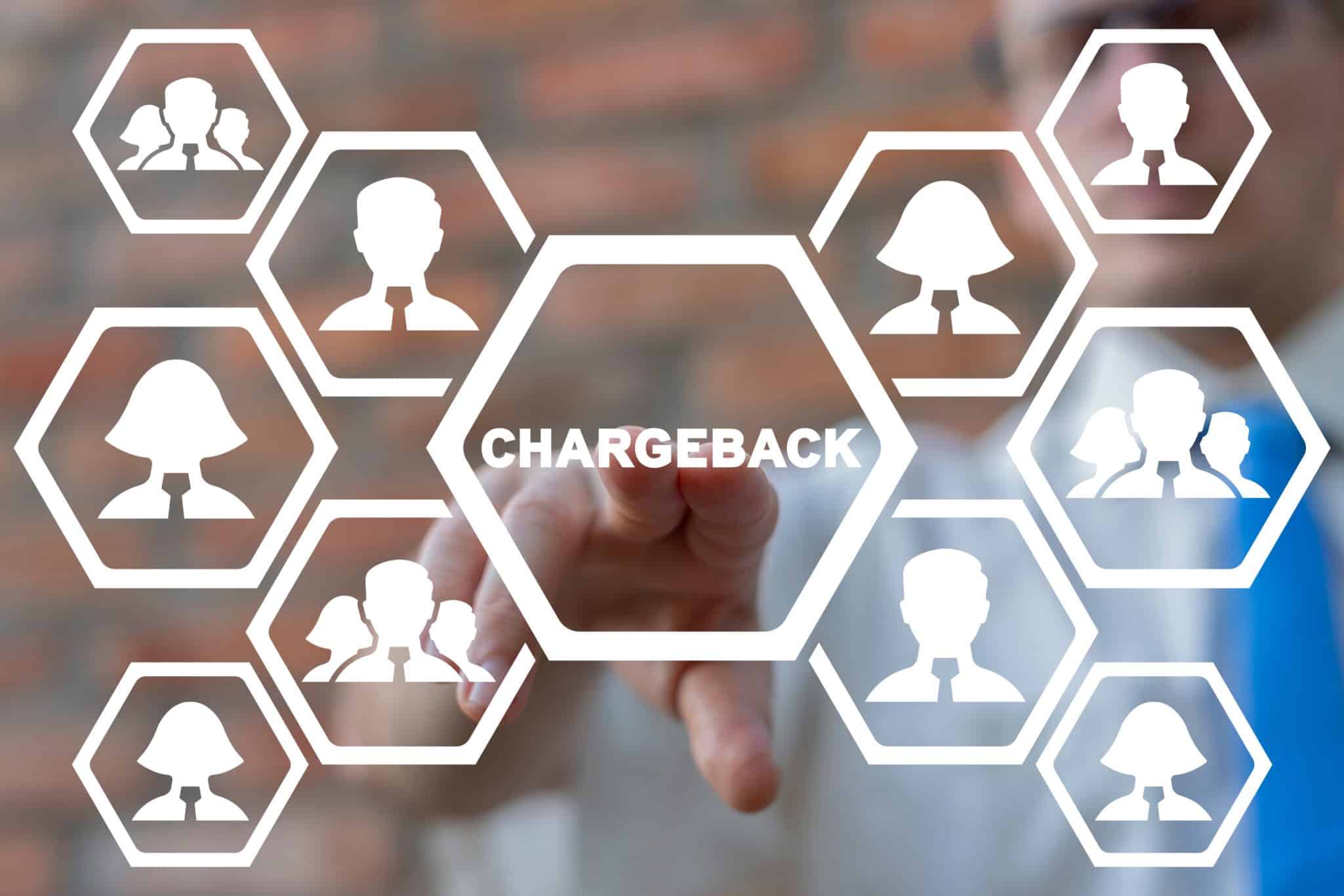How to Cancel a Chargeback?

If you have recently been involved with the chargeback process, you’ll be aware of the need for evidence to prove your chargeback case. Similarly, once an issue has been resolved and you need to cancel a chargeback, it follows a process akin to the initial chargeback process.
The chargeback process involves various stakeholders, from payment processors, acquirers and, of course, the end-consumer and the business. Therefore, both the customer and business need to gather evidence to help cancel a chargeback.
While chargebacks often result from a misidentified transaction that appears to be incorrect or fraudulent, they can often be resolved quickly between a customer and the business. However, once a chargeback has been initiated, it will require an investigation by the bank, which can take some time.

Steps to cancel a chargeback
Once the usual chargeback process has been initiated, the cardholder will receive credit while the claim is investigated. Meanwhile, the payment will have been taken from the merchant along with additional fees associated with the dispute.
To get this resolved and request a reversal of a chargeback, follow this process:
- Contact the card-issuing bank
Begin by contacting your bank, either online or through a contact number. You’ll need to get through to the relevant department; it will likely be the same as where you initially filed the chargeback claim.
- Request to resolve the dispute and provide evidence.
Once you get through to a member of the relevant team, you can request the chargeback to be resolved. Here, you can provide evidence of how the dispute was resolved. If items eventually arrived or the transaction was identified, you can provide these details for the bank’s records. Make sure to ask how long it will take for the chargeback claim to be canceled. Check statements to ensure the canceled chargeback has been resolved.
Following contact with the bank, make sure to check your statements and transactions to ensure the chargeback has been removed. It may take some time for the changes to appear, but if it takes longer than the timeframe specified by your bank, you may need to contact them again.
Merchant steps to deal with a canceled chargeback
As a merchant, chargeback management includes the process of attempting to resolve disputes. If you succeed in resolving the issues with the customer, the chargeback process doesn’t end there. You will also need to follow some additional steps to cancel a chargeback as a merchant.
The process involved is as follows:
- Speak to the customer and ask for evidence that the claim has been withdrawn.
Once the customer is happy, and the issue has been resolved, continue communication with the customer. If they have stated that they will withdraw their initial claim, request them to send evidence of this in email format that you can use later. This can be through screenshots of transactions or just an email stating that they will withdraw a claim.
- Submit evidence to the payment processor
Once a chargeback has been registered, even if it has been resolved directly with the customer, it will still count towards your chargeback rate. Therefore, you’ll need to submit supporting evidence that can display how the situation has been resolved. As you can only submit evidence once, it may be wise to wait until you’ve got all the evidence required but remember to keep in mind any timeframes required in the chargeback resolution process.
- Wait for the chargeback resolution timeframe to end.
Once the timeframe has lapsed, you’ll receive notification of the dispute outcome. It will follow the usual timeframe even if a chargeback has been withdrawn. Depending on the bank, this can take between 2-3 months. If a chargeback has been resolved after the dispute has passed the time frame, it can still be reversed in some cases. The cardholder will need to get in touch with their bank to ensure that they can do this to begin the process.
With the costs of dispute fees, chargeback penalties and overall time costs associated with chargeback management, getting things resolved may seem complicated. As long as you’re able to gather the evidence required, getting a chargeback canceled doesn’t need to be difficult.

Bottom line
Ensuring you have the resources to deal with chargeback management while trying to run a business can be difficult. But, instead of risking win rates and revenue loss, there is a better way.
Justt provides a full-service chargeback solution that is customized for every business. Using proprietary technology built on human expertise and machine learning, evidence can be successfully gathered and optimized to ensure higher success rates.
To learn more about chargeback management can help your business recover lost revenue, read more on the Justt blog.







